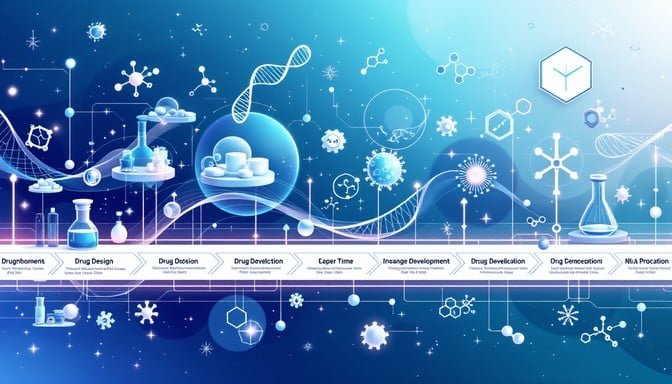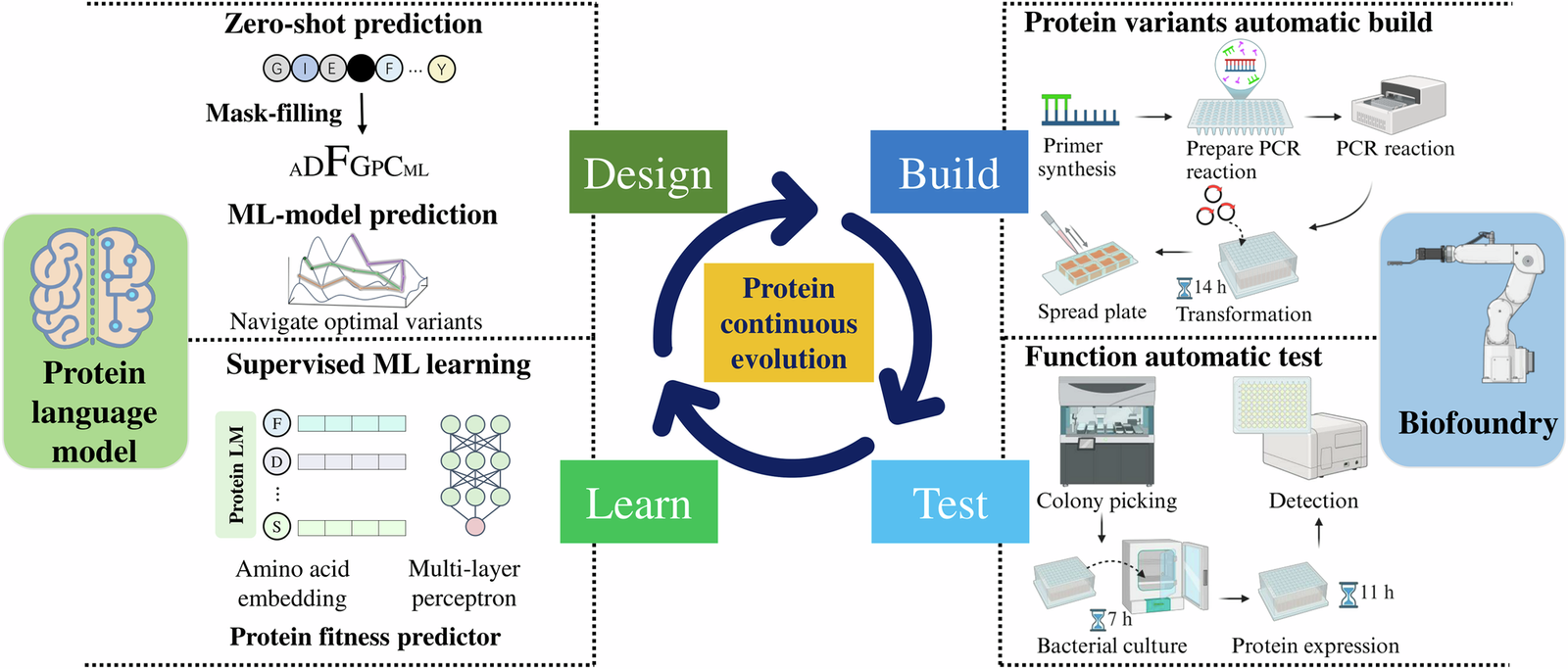🧬 AI Protein Language Model: The Revolutionary Breakthrough in Life’s Evolution
The AI Protein Language Model is reshaping the scientific world by unlocking the genetic code of evolution itself. In a groundbreaking study, a team of Chinese scientists from the Institute of Zoology at the Chinese Academy of Sciences has decoded one of biology’s most complex mysteries — how life evolved and diversified using artificial intelligence. This innovative research marks a historic leap forward, merging computational intelligence with molecular biology to explain how living organisms share hidden evolutionary connections.

🌿 Understanding the AI Protein Language Model
The AI Protein Language Model functions much like a natural language model such as ChatGPT, but instead of processing human words, it reads and interprets protein sequences. Each protein sequence can be thought of as a sentence written in the “language of life.”
By training on billions of protein sequences, this model learns how amino acids form meaningful biological patterns — just as a human learns grammar and context. The result? Scientists can now “read” and “predict” how evolution shapes different organisms.
This is a massive breakthrough in computational biology, allowing researchers to simulate and test evolutionary theories in silico (through computer models) rather than waiting for generations of real-life experiments.
🧫 The Chinese Discovery That Changed Everything
In their study, Chinese scientists applied the AI Protein Language Model to understand convergent evolution — the process where unrelated species independently evolve similar traits.
For example:
- Dolphins and sharks both developed streamlined bodies.
- Bats and birds both evolved wings for flight.
Despite coming from different ancestors, they share similar survival features — and the AI model helped explain how these patterns emerge at the molecular level.
The team introduced the ACEP framework (AI-based Convergent Evolution Prediction), which uses machine learning to identify hidden links between proteins. This framework proved that evolution isn’t random — it follows a structured, predictable path encoded in the genetic “language.”

🧠 How the AI Protein Language Model Works
The model operates on deep learning algorithms similar to those behind ChatGPT and other large language models. Here’s how it functions step by step:
- Input: Billions of protein sequences are fed into the AI.
- Training: The system identifies patterns, structures, and evolutionary similarities.
- Prediction: It predicts which protein changes could lead to new traits or species.
- Validation: Scientists cross-check these predictions with real genetic data.
This method dramatically speeds up biological research that once took decades, making it one of the most powerful scientific tools of the decade.

🔬 Applications in Modern Science
The AI Protein Language Model has far-reaching implications across multiple fields:
1. Medicine & Drug Discovery
By predicting protein functions, AI can help scientists design life-saving drugs faster, targeting diseases at their genetic roots.
2. Genetic Engineering
The model helps identify which genes control certain traits, allowing geneticists to create more resilient crops, animals, and even synthetic organisms.
3. Climate Change Research
AI can model how species might evolve to adapt to global temperature shifts — helping biologists predict future biodiversity changes.
4. Evolutionary History
For the first time, we can simulate how life evolved on Earth — reconstructing lost genetic links between extinct and living species.
🌍 Convergent Evolution: Nature’s Intelligent Design
One of the most fascinating insights from the AI Protein Language Model is how it reveals intelligent-like patterns in evolution.
While not implying consciousness, the data suggests that life’s genetic code follows logical pathways — a form of “natural intelligence” guiding adaptation.
This discovery helps bridge the gap between evolutionary biology and artificial intelligence, proving that both fields share a universal principle: learning from patterns.

⚙️ ACEP Framework: AI Meets Evolutionary Theory
The ACEP (AI-based Convergent Evolution Prediction) framework designed by Chinese scientists serves as the backbone of this discovery.
It works by:
- Mapping protein similarities across species
- Detecting convergence signals
- Measuring functional similarities
This AI-driven system offers a new computational proof of evolution, marking a milestone for molecular evolution research.
💡 Why This Matters for the Future of Science
The integration of the AI Protein Language Model into biological research represents a turning point in human understanding of life.
It combines the speed of AI with the depth of evolution, making once-impossible questions answerable.
Future generations of scientists will likely use AI-driven tools to design new medicines, create sustainable organisms, and even reconstruct extinct species — ethically and safely.
🧩 Challenges and Future Directions
Despite its incredible potential, the AI Protein Language Model still faces challenges:
- It depends on massive, high-quality datasets.
- Ethical use and data privacy must be monitored.
- Overreliance on algorithms could bias biological interpretation.
However, as AI evolves, these systems will become even more accurate and transparent. Collaboration between AI experts and evolutionary biologists will shape the next scientific revolution.
🌈 Conclusion: A New Era of Intelligent Biology
The AI Protein Language Model is more than a tool — it’s a new scientific language for decoding life itself. With this innovation, humanity has taken a major step toward understanding how evolution works at its deepest level.
By combining human curiosity and artificial intelligence, Chinese scientists have unlocked a new frontier where biology and computation unite to reveal the true code of life.
“In every protein sequence, there’s a story — and AI has finally learned to read it.”


